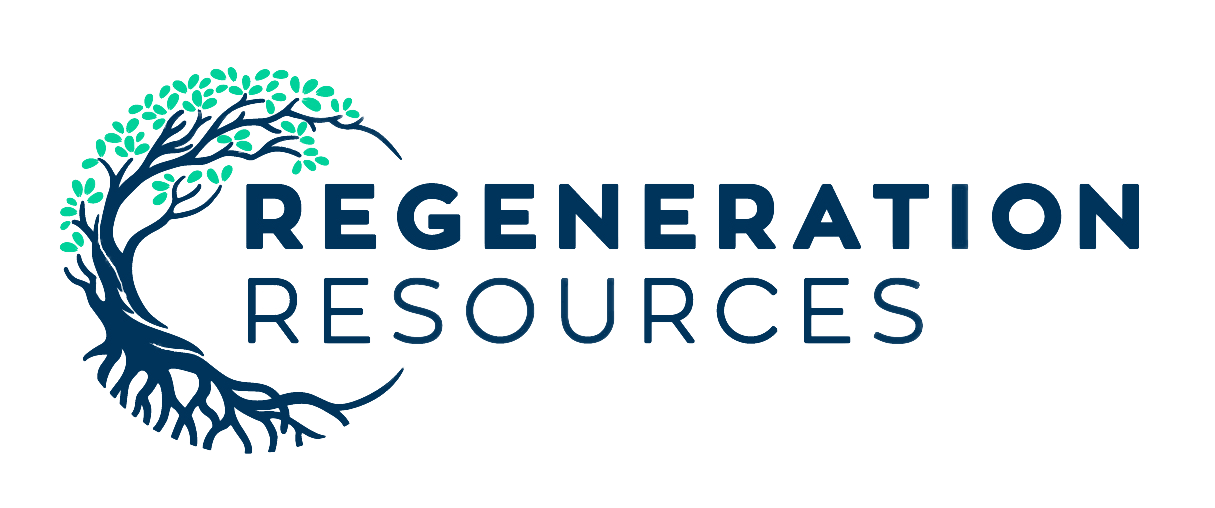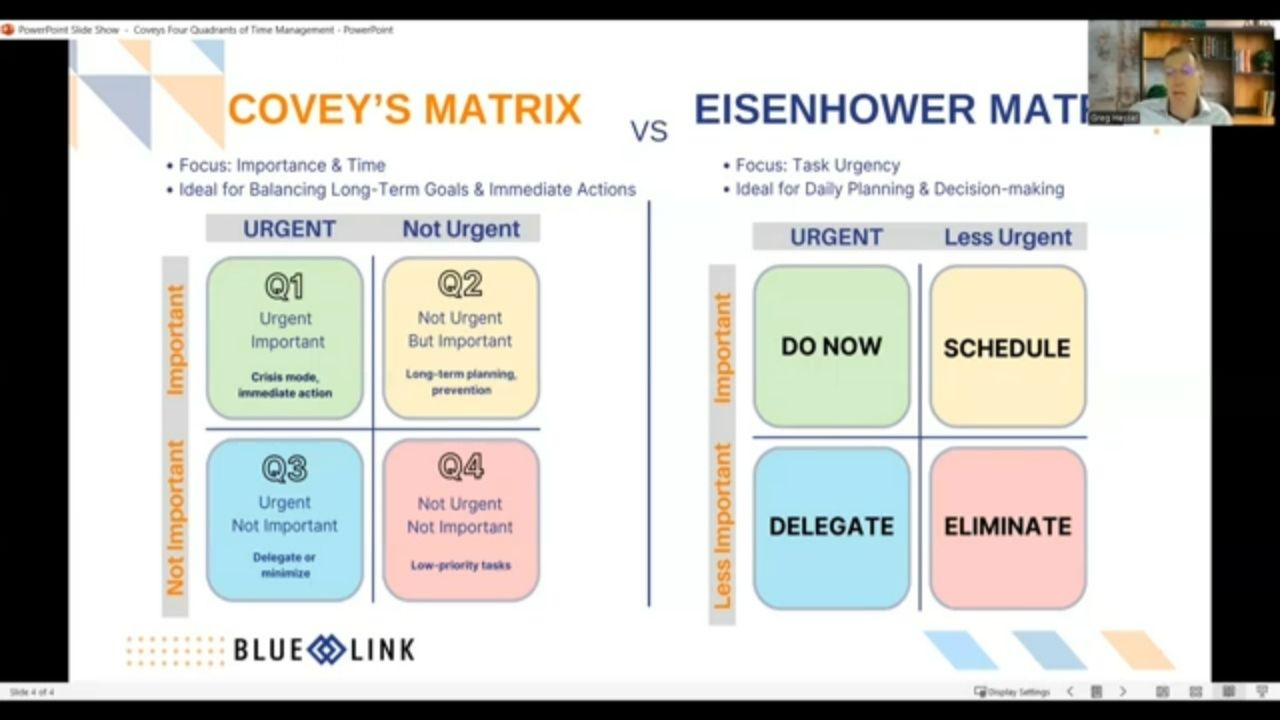High-Functioning Team Checklist
What Great Teams Do

1. Purpose
a. Team Goals, Purpose, and Vision are Clear
b. The mission of the team is meaningful and inspiring
2. Relationships and Communication
a. Team members listen to each other
b. Team members express opinions honestly
c. Team members trust each other and can be vulnerable and authentic, even with mistakes
d. All opinions are valued
e. Advocacy and inquiry are balanced
3. Role Clarity and Flexibility
a. Roles are clear yet flexible enough to accommodate individual skills
b. Everyone contributes
4. Decision making
a. A clear decision-making process exists
b. Decisions are made at the lowest level of competence
c. Decisions are made efficiently
d. Major decisions are not made without gathering input from the group
5. Recognition
a. Individuals are appreciated and recognized
b. Group members feel respected
6. Morale
a. Team members feel good about the team
7. Group Process
a. Group members commit to correcting group process issues
b. Members accept feedback easily about both their strengths and challenges
c. Air time is balanced
d. Group process is occasionally evaluated
Every few months I produce a free newsletter. No Spam. Unsubscribe anytime.
For a taste, view the archives
SUBSCRIBE
Blogs and vlogs are sorted by topic at the bottom of each service page
STRATEGIC PLANNING
CHANGE MANAGEMENT
CONFLICT MANAGEMENT
TEAM BUILDING
ASSESSMENTS
EXECUTIVE COACHING
IMPROVING EFFICIENCY
BOARD DEVELOPMENT




